Gardening Influencer Reveals the #1 Plant to Give Your Yard Beautiful Color
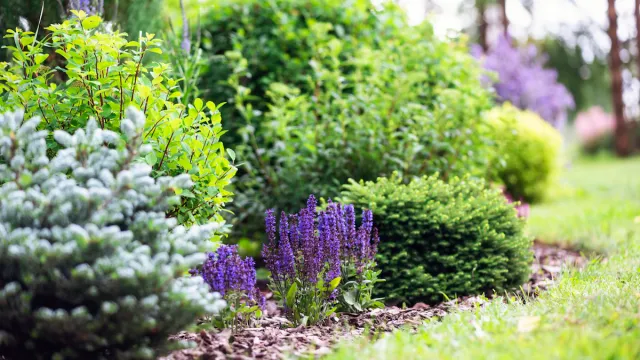
If there are two things we want for our yards, it’s for them to be beautiful and easy to maintain. Unfortunately, that’s not always possible. Grass requires weekly mowing and watering, trees require raking, and most flowers need frequent pruning and prodding to nurture them throughout the year. But one gardener on Instagram has a solution: Russian sage. This stunning plant, which has a vibrant purple-silver hue, will add a pop of color to your garden. Plus, it’s easy to care for. Read on to learn about the plant and why the gardener thinks it belongs in more outdoor spaces.
RELATED: 8 Easy Outdoor Plants That Don’t Need Sunlight.
A gardener says Russian sage can transform your yard.
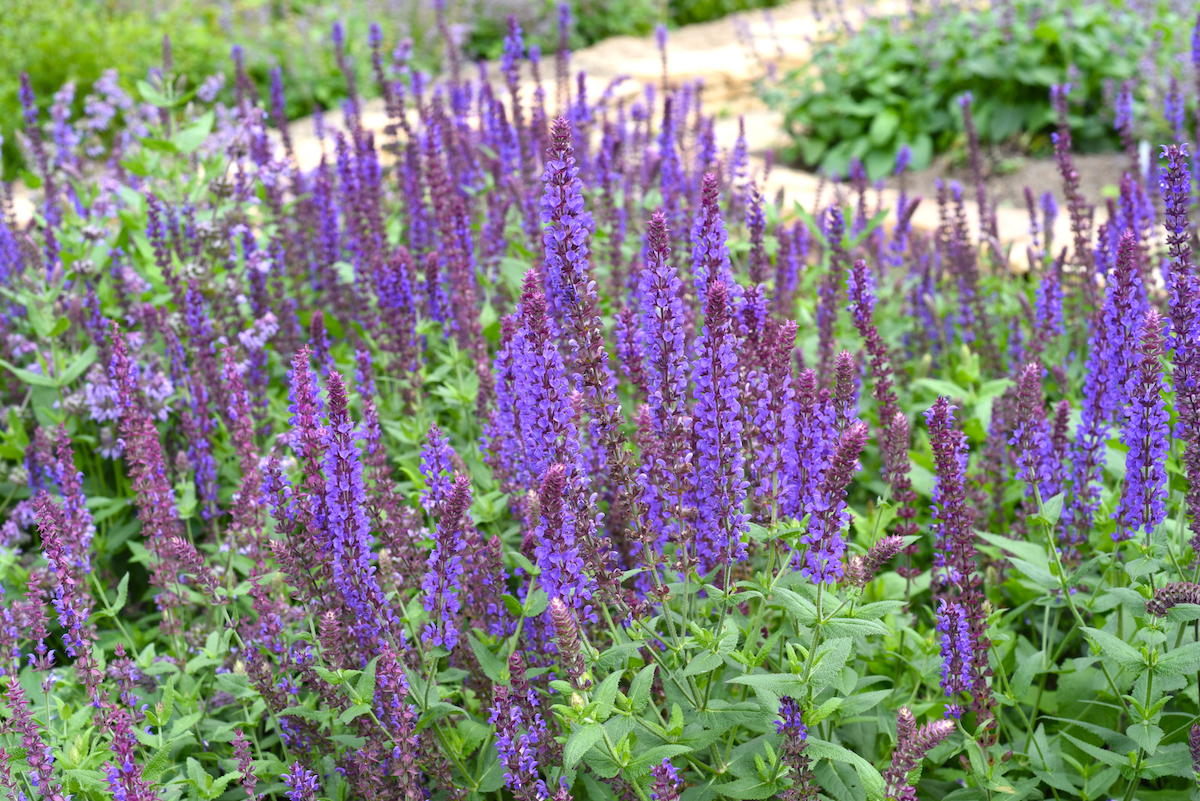
If you’re on the hunt for a new star plant for your garden, you may have found it. Instagram user Kaleb Wyse (@wysebuide), who frequently posts about gardening, shared a tribute to the “crazy blue” variety of Russian sage and encouraged his followers to add the plant to their yards.
“It gives you that impactful color without any work,” he says. “It’s a perfect one to add to the garden.” The plant grows in zones 4 to 9, which includes much of the Northeast and northern Midwest, according to Yahoo News.
The commenters on his post agreed that the plant looked lovely in Wyse’s garden. “I love a low-maintenance plant like that. So pretty!” said one person.
Others confirmed it was indeed low-maintenance. “Favorite plant. So forgiving of my lazy watering program – which is actually no water – we’ve had almost zero rain since May, and mine is going strong,” wrote another.
RELATED: 9 Outdoor Plants That Will Make Your Garden Smell Amazing, Experts Say.
The plant is a pollinator favorite.
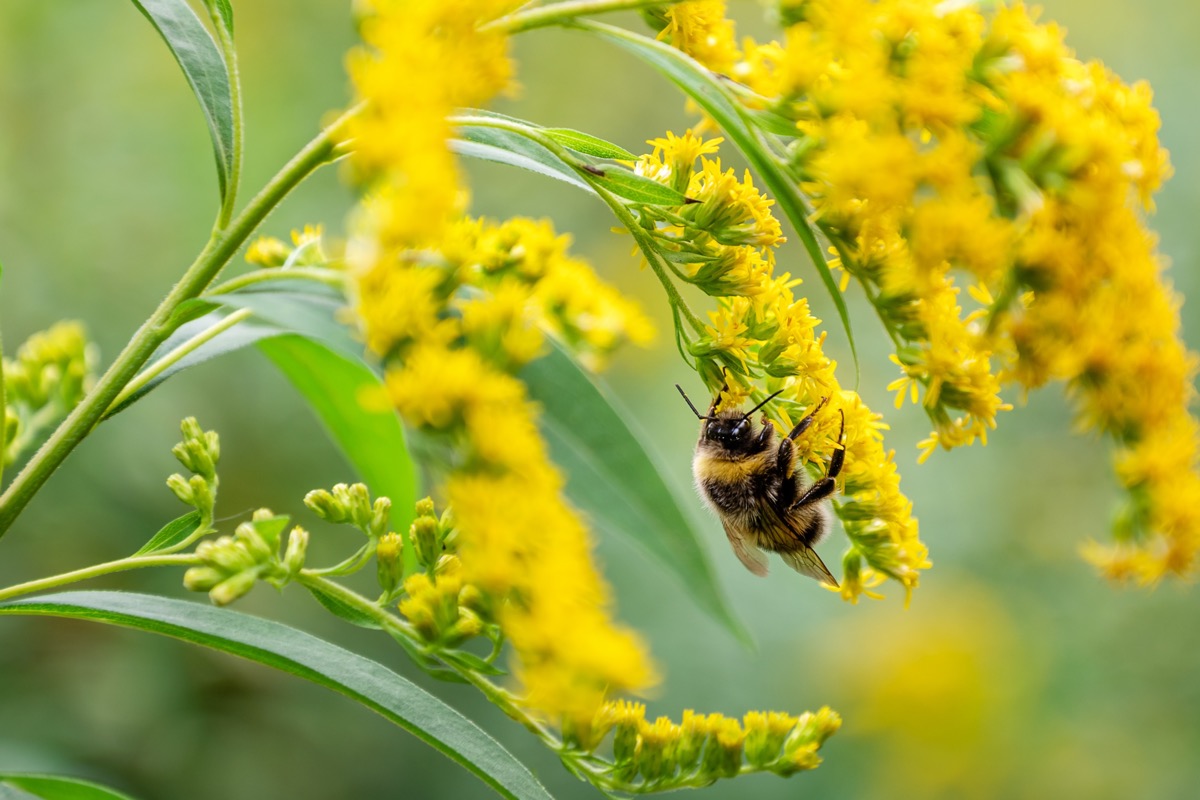
Another perk of Russian sage is that pollinators love it. “You hear a buzz all summer long,” says Wyse. He adds that he likes to accompany it with other pollinator-favorite plants like allium and calamint. “That way, there’s a sea of color and lots of [pollinators] that love to come to the area,” he says.
According to the U.S. Department of Agriculture, that’s a good thing. “Some scientists estimate that one out of every three bites of food we eat exists because of animal pollinators like bees, butterflies and moths, birds and bats, and beetles and other insects,” the organization writes.
By attracting them to your garden, you’ll bolster their numbers and keep that ecosystem strong. “Pollinators that can’t find the right quantity or quality of food (nectar and pollen from blooming plants within flight range) don’t survive,” the organization explains. “Right now, there simply aren’t enough pollinator-friendly plantings to support pollinators.” Your Russian sage will be greatly appreciated.
RELATED: 6 Ways to Attract Butterflies to Your Backyard, According to Experts.
Here’s how to plant and care for your own.
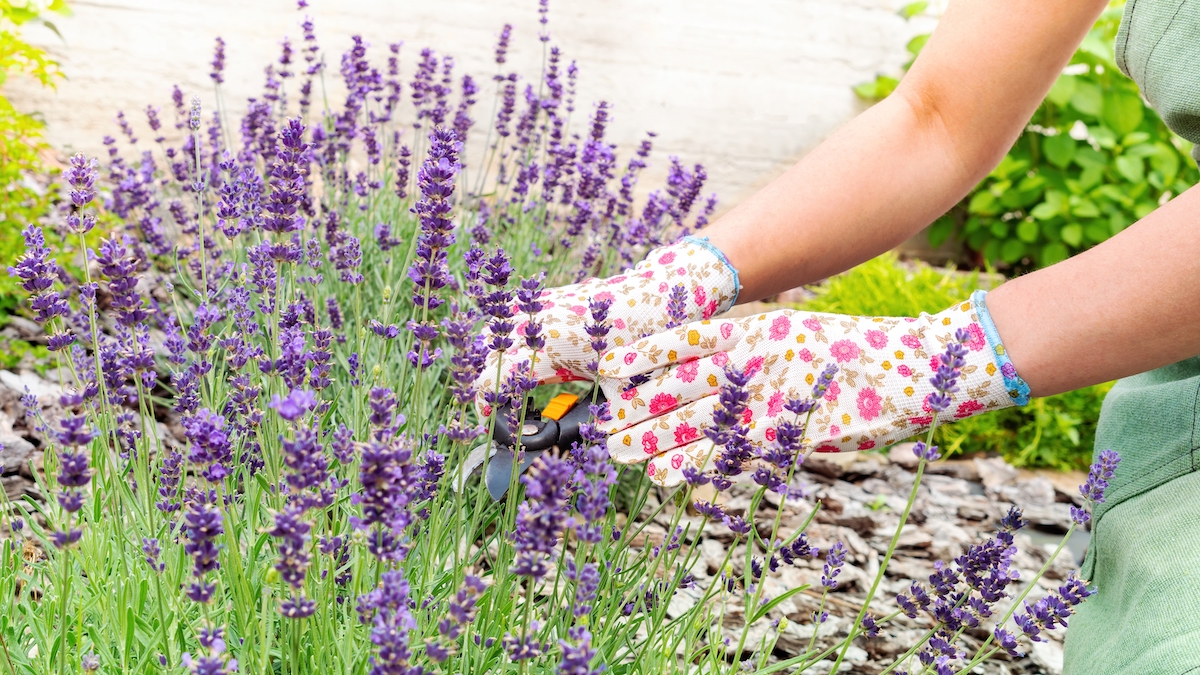
As Wyse stated, Russian sage is a fairly easy plant to maintain. According to Better Homes & Gardens, you should plant it in a sunny spot in late spring and separate each plant about 18 inches apart. The plant can thrive in both hot and cool temperatures and is heat- and drought-resistant.
All you have to do is plant a few, and they’ll spread. “It will send off seeds, and it will just start going into the area,” says Wyse. “So pick an area where you don’t mind when it spreads because this is so plentiful.”
Commenters posted a few care questions on Wyse’s post. For example: Is Russian sage deer resistant? (Yes.) And when do you prune it? (You can remove faded spikes at any time.)
RELATED: 6 Ways to Make Your Lawn Maintenance-Free.
There are other beautiful low-effort plants, too.
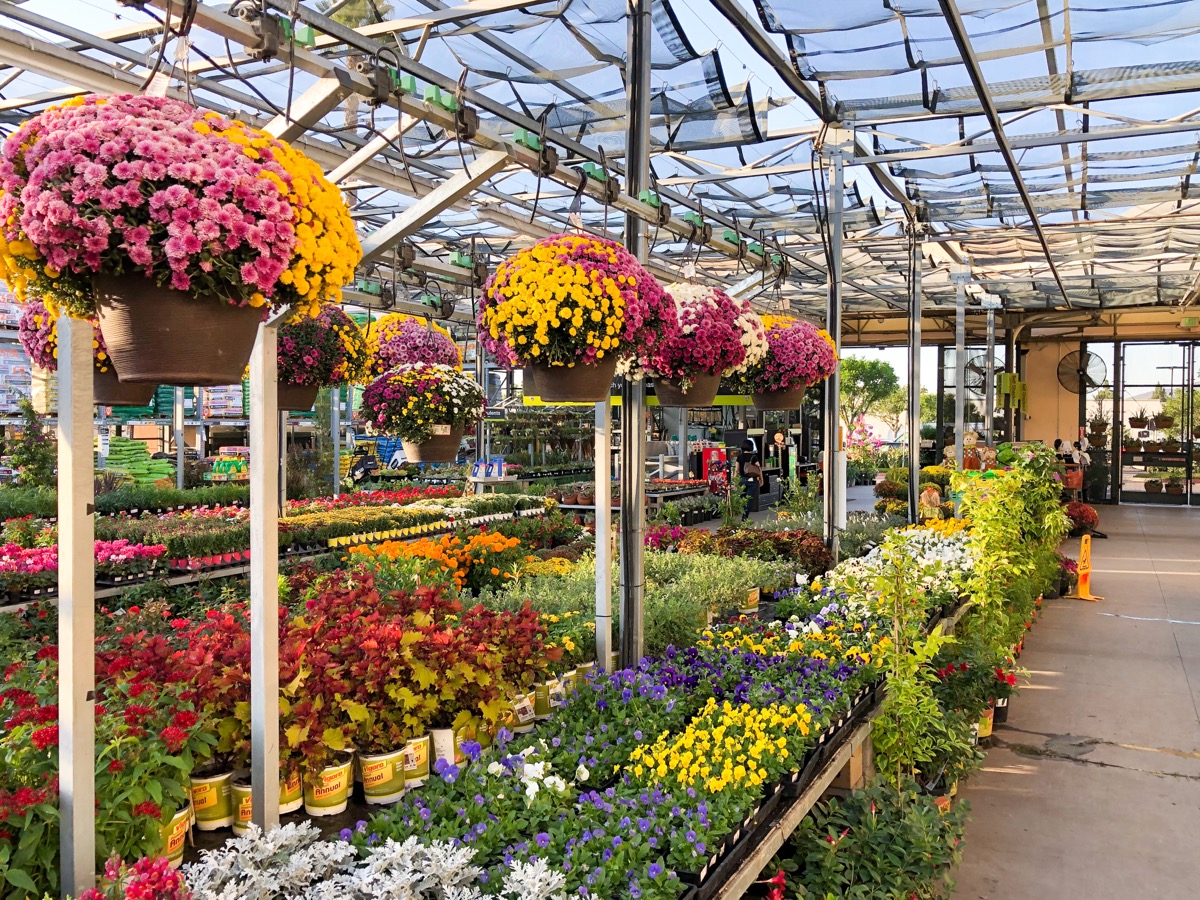
Russian sage isn’t your only option for a stunning, low-maintenance flower. Dave Forehand, vice president of gardens for the Dallas Arboretum and Botanical Garden, suggests purple Joe-Pye weed, which also features abundant purple flowers. “It’s a native plant and can grow from Canada to Floride,” he says. Plus, “it attracts butterflies and hummingbirds and can grow well in sun to partial shade.”
Gene Cabellero, founder of YourGreenPal, is fond of Lantana. “It’s a hardy plant that thrives well in various conditions, although it particularly loves warm climates,” he says. Stick them in a spot with full sun and prune them regularly. You’ll be rewarded with their star-like buds in bold colors.
For more garden advice delivered straight to your inbox, sign up for our daily newsletter.